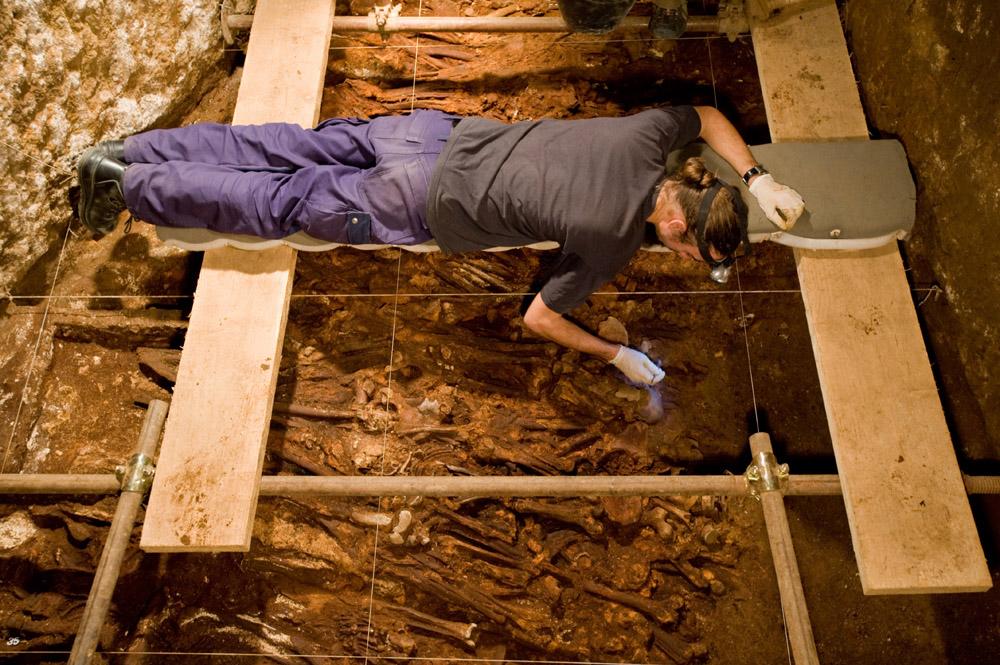EPIDEMICS AND SOCIETIES: FUNERAL PALAEOETHNOLOGY AND PALAEOEPIDEMIOLOGY
Dominique Castex (PACEA, CNRS, University of Bordeaux 1)
Partners:
Other teams from the Cluster of excellence
UMR 5060 CRP2A, University of Bordeaux 3
UMR 5207 Ausonius, University of Bordeaux 3
Teams outside the cluster:
University of Tübingen, Germany
EA 3656, AMERIBER, University of Bordeaux 3
UMR 5648, CIHAM, University of Avignon and the Pays du Vaucluse
Financing: €25,600 and a PhD grant of €96,000
Duration: 3 years (1st January 2013 – 31st December 2015)
Doctoral contract: Sacha Kacki - Subject: Influence of ancient populations’ health condition on mortality during plague times. Input to Palaeoepidemiology, under the direction of Dominique Castex.
Some osteo-archaeological collections reflect the history of epidemics. We currently have some elements, at least regarding the identification of plague, collected during research carried out in the framework of previous projects. Until now, we have tried to gather data and to analyse them. It seems now essential to complete them with new studies and to write the first syntheses. Two research topics, different but complementary, may be considered: the first one deals with funeral palaeoethology and the second one, with palaeobiology.
We offer to pursue our methodological reflections in funeral archaeo-anthropology especially with the analysis of multiple grave operating processes which may appear to be very varied but also to refine the study of the conditions of corpse burial and funerary place management during very specific crisis times.
Other research objectives cover more specifically palaeobiology. We will continue the mortality profiles analysis of the archaeological populations who were victim of an epidemic so as to assess the “human cost” for different types of crisis and to design demographic “models”. However, we wish particularly to develop the study of the general health condition of these populations, a topic rarely addressed until now and yet likely to be a favourable and aggravating ground of epidemic mortality crisis. Moreover, the sites likely to carry very significant information for the understanding of the past mortality crisis will enable us to contribute to the development of molecular biology work on the identification and the evolution of different pathogens. The use of source texts, under the supervision of experts, should help, in some cases, to shed a specific light on this experimentation field.
This project is based on the analysis of several sites in France and abroad, likely to form an exceptional research frame; this brings together biological anthropologists sharing an expertise in the fields of archaeology and anthropology and with whom archaeologists and historians are indeed associated.

Sépulture multiple de la catacombe des Sts Pierre-et-Marcellin.

